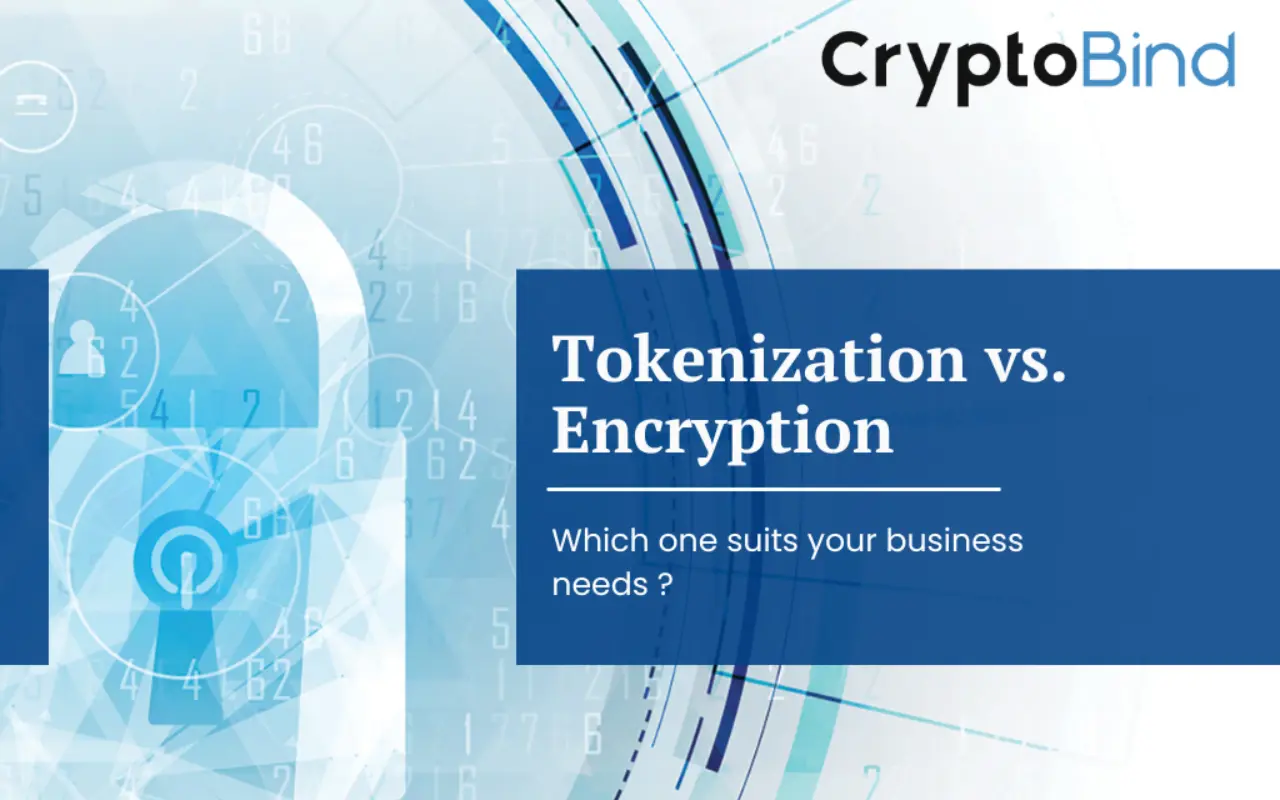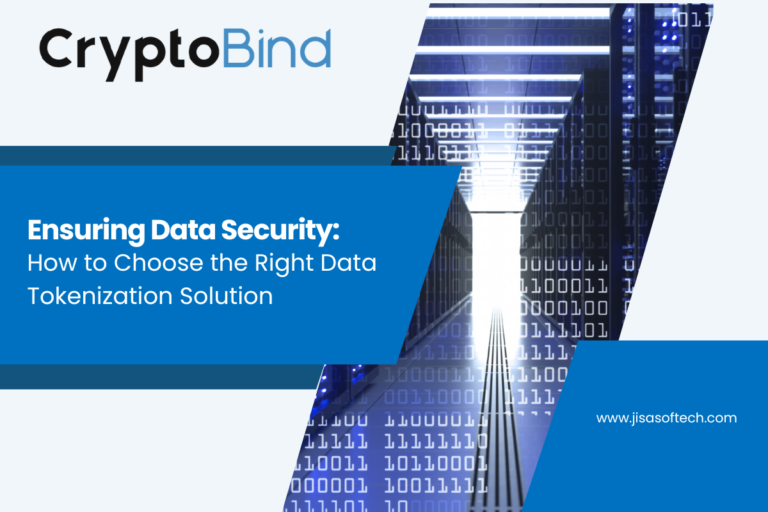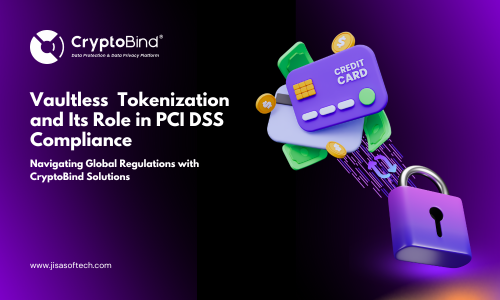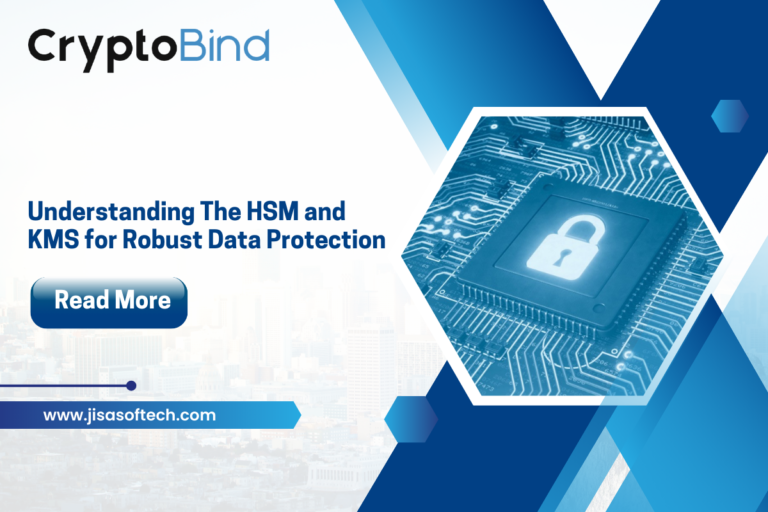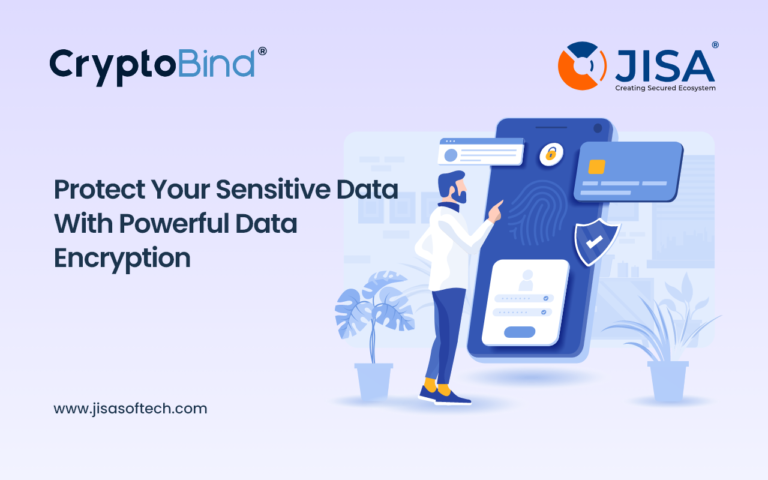Tokenization VS Encryption – Which one suits your business needs?
The number of data breach incidents rises every year as technology advances. The ease of technology extends to the ease of cybercrime for cybercriminals worldwide. Tokenization and encryption are used in the digital world to protect data on the web.
Both of these two technologies are capable of securing data on the internet, whether it is in a transmission state or in a rest phase. But in order to achieve the level of security standards required by a business, they must both conform to regulatory requirements.
Both tokenization and encryption are useful tools for hiding data, but they are not identical or interchangeable. Each technology has its own perks and limitations. One can choose the approach that works best in various situations based on these characteristics. This blog will familiarize readers with data security concepts that highlight the difference between encryption and tokenization.
Tokenization: What is it?
Tokenization is a data security technique that generates a placeholder, or “token,” for identifying data. The information here could be a personal account number, credit card details, or something else. Each piece of information is associated with a randomly generated token when data is tokenized.
A token is nothing more than a random string of data that points to important information.
The original data is then kept elsewhere while the token is kept with the organization. Original data is typically kept on the cloud or another physically distinct location. Consequently, even though a token might be stored in a company’s internal system, the data is not.
Encryption: What is it?
Encryption is the process of transforming sensitive data into an unreadable format. Using mathematical methods, information in ordinary text is converted to ciphertext. Encryption is followed by decryption, which restores the data to its original form.
There are numerous techniques to implement encryption, each of which is appropriate for a particular use case. Data is left unencrypted on both ends of a transmission since network encryption secures it in transit. Data at rest is protected by transparent encryption, which is decrypted before being viewed by authorized users. No matter where it is copied or stored, persistent encryption safeguards data, offering the highest level of security against unauthorized usage. Encryption with format preservation safeguards data while preserving its original length and formatting.
The Comparison between Tokenization and Encryption Is Essential:
Tokenization and encryption have many differences, but their primary difference is how they approach security. Tokenization protects data using a token, whereas encryption protects data using a key.
Other significant differences include:
- As encryption employs keys to encrypt or decrypt data, scaling it for large data volumes is simple. While it is somewhat challenging to scale up securely while maintaining the performance metrics as the database gets bigger while using tokenization.
- Tokenization makes data sharing challenging since it necessitates direct access to a token vault mapping token value, but encryption makes it simple to exchange sensitive data with third parties (who hold the encryption key).
- Encryption can be used for both organized and unstructured data (such as entire files). Tokenization, on the other hand, can only be applied to structured data fields (such as payment cards or Social Security numbers).
- With encryption, the original data leaves the organization but in an encrypted form. Whereas with tokenization, the original data never leaves the organization, thus fulfilling certain regulatory criteria.
What’s the best for your business: Tokenization or Encryption
The article discussed the key differences between tokenization and encryption, as well as the benefits they provide to your organization.
To protect data stored in cloud services or applications, both encryption and tokenization are frequently used nowadays. An organization may use encryption, tokenization, or a combination of the two, depending on the use case, to secure various types of data and adhere to various legal requirements.
There is no opposition between these two approaches. Use tokenization and encryption side by side to maximize results and increase data security.
Protect your organization’s sensitive data with us!
To strengthen your organization’s security, we provide Tokenization, Encryption solution industry-compliant Hardware Security Module, Cloud HSM, Key Management Solutions, Aadhaar Data Vault, and Authentication solutions. Our innovative solutions have been adopted by businesses across the country to handle mission-critical data security and data protection needs.
To know more about our solution, get in touch with us.
Contact Us:
Website: www.jisasoftech.com
Email: sales@jisasoftech.com
Phone: +91-9619222553

